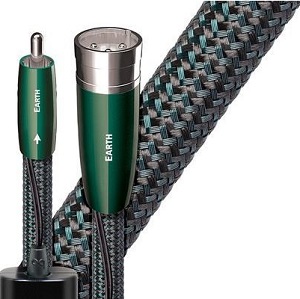
|
Earth
Consider this simple fact: Even the smallest flowers crack concrete. It’s enough to make one wonder what might happen if the Earth were freed from humankind’s influence and simply left to its own devices—to regenerate, blossom, and grow wild. What wonders might spring from its soil? Scientists speculate that it would take only a century or two to wipe away the plants, crops, and animal species so carefully fashioned by humankind’s industrious hand. In a few thousand years, the world might look exactly as it did before humanity came along: a wilderness. Take, for instance, New York City, considered by many the greatest city on Earth. Without humankind’s interference, the repeated thawing and freezing of spring and winter would, within a decade, shatter the city’s cement skin, allowing water to seep deep into the fertile ground below. Cracks would widen, deepen, and provide the soil from which exotic plant species, such as New York’s prolific Chinese ailanthus tree, would grow. Within as little as five years, ailanthus roots would heave up the sidewalks and course through the sewers, while native Virginia creeper and poison ivy would adorn the city’s skyscrapers. Within two decades, the water-soaked steel columns that support the street above the city’s vast subway tunnels would give way, quickly transforming Lexington Avenue into a mighty river. Coyotes would find shelter in Central Park, to be soon followed by deer, bears, and wolves. Large oak trees would cover the land, while hawks and falcons would soar through the skies. But let’s not forget: We are also a product of Earth’s rich soil, sharing even the most majestic creature’s ability to strengthen, diversify, and cultivate the land; to create a world fit for work and play, where we can share happiness and nurture life. Indeed, Earth is a reservoir of such life, a treasure chest overflowing with the elements—the rocks, metals, clay, and other ingredients—with which we build our villages
|